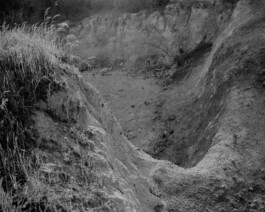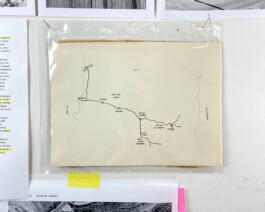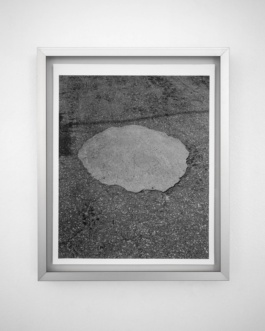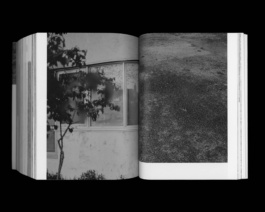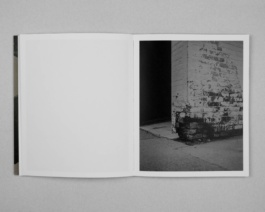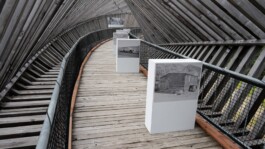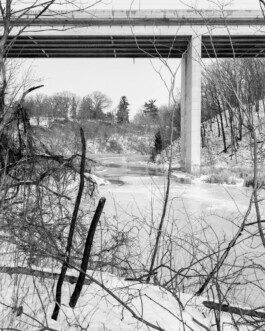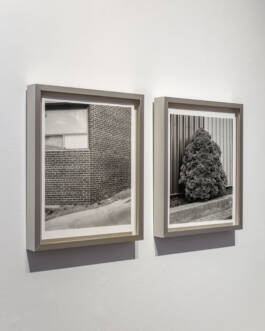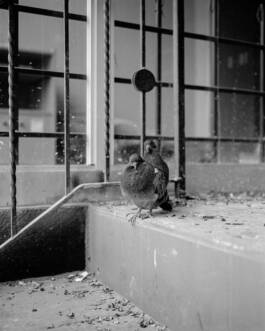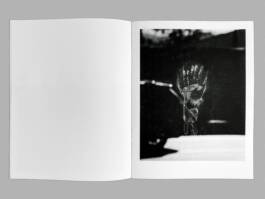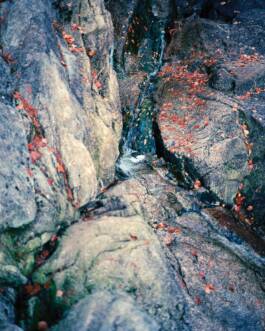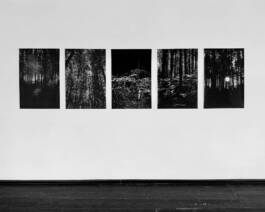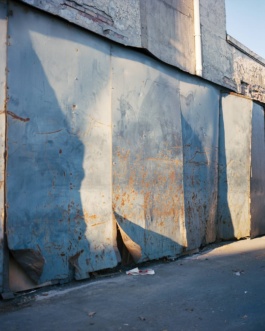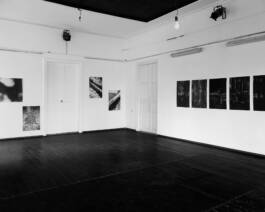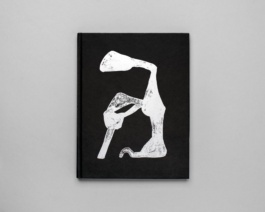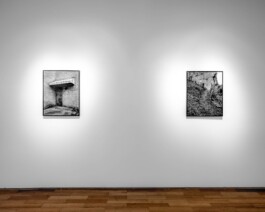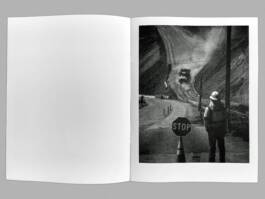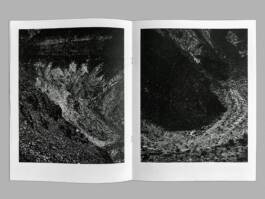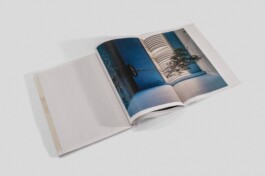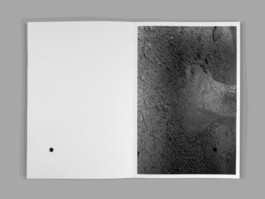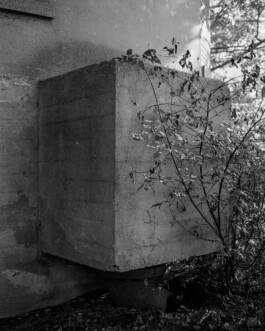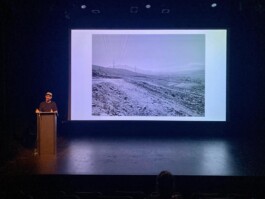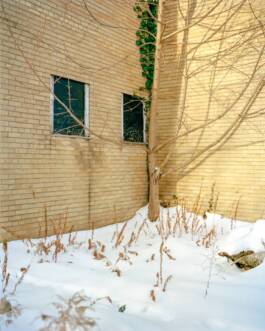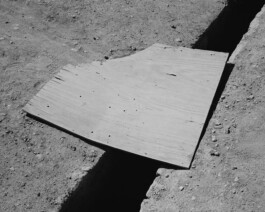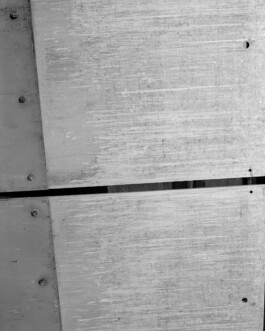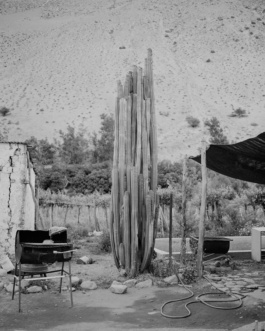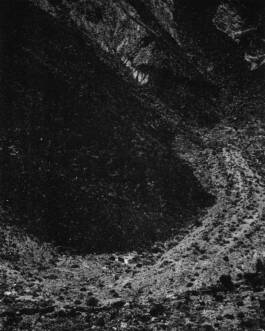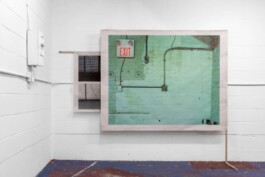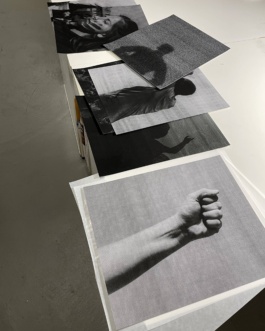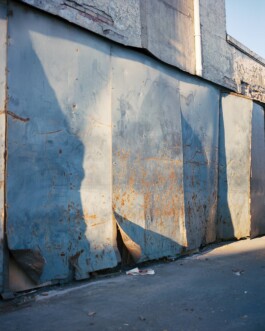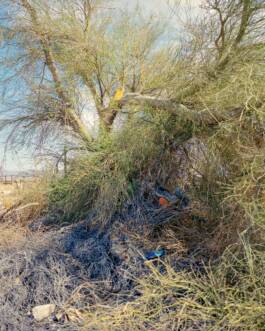


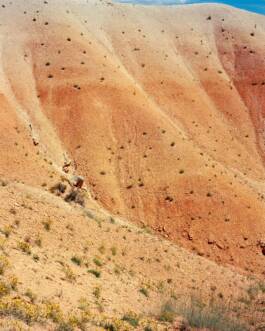
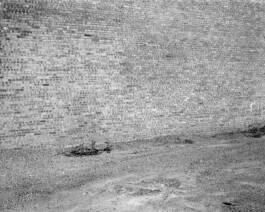

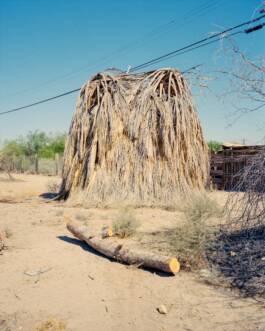
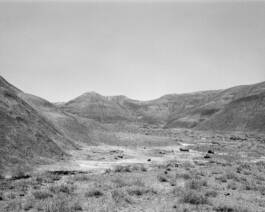

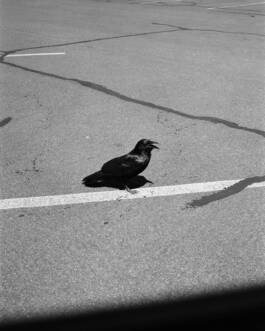
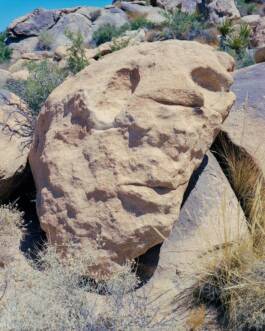
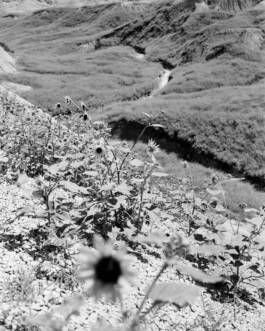
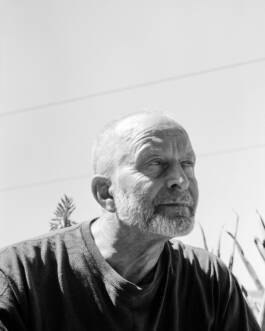
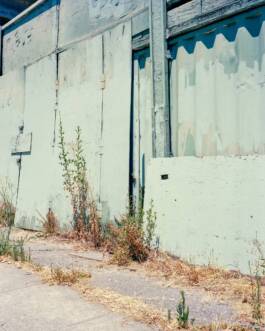
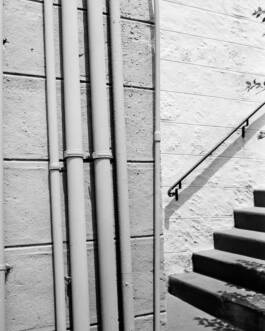
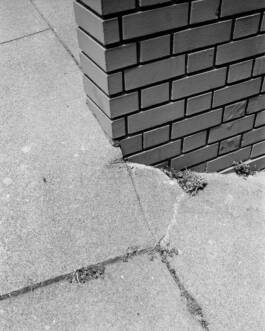

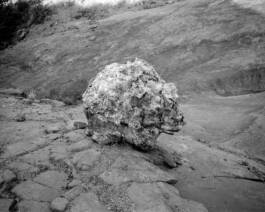
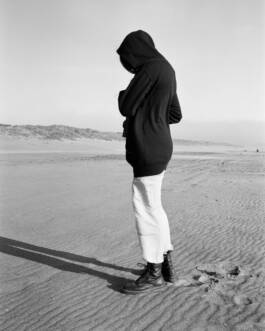
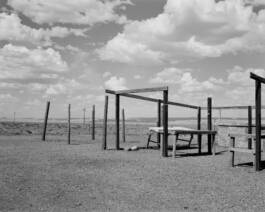
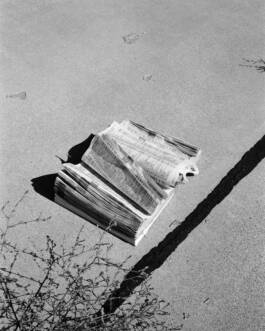


ON TRIAL, 2019-22
Although only residing in the USA for a short period, Toronto-based Chilean Photographer Cristian Ordóñez has spent a large-period of the previous decade revisiting the lower states creating works that explore the notion of memory, personal relationship, and encounters with the territory.
On Trial observes and plays witness to these encounters, a body of work that presents the social, economic, and geographic survey of the landscape traveled by Ordóñez. A survey, engaging with all things natural and foreign on even ground, seeking to question not only the observer but the role of the object within the frame.
Forthcoming previous published works, Notes 01, 02, and 03, the new chapter continues to visualise his approach and interest in the photographic process as a medium to explore the territory, own cultural diversity, and the connection between place and ethnicity.
On Trial contains a selection of 20 photographs edited by Rohan Hutchinson, and accompanied with text by Ordóñez. Designed to co-exist with previous and forthcoming published works, the body and cover of the publication exist in the same form, contextualising the in-transit approach of the photographic content, along with the journey of its publishing.
Text by Rohan Hutchinson. Editor, acb press
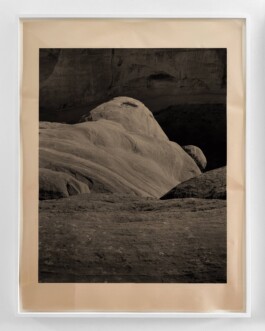
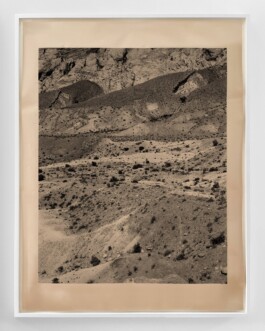
Pigment print on newspaper (diptych). 46 x 60 inches / 116.8 x 152.4 cms each

Pigment print on Hahnemühle Photo Rag Baryta, 32 x 26 inches / 81.2 x 66 cms
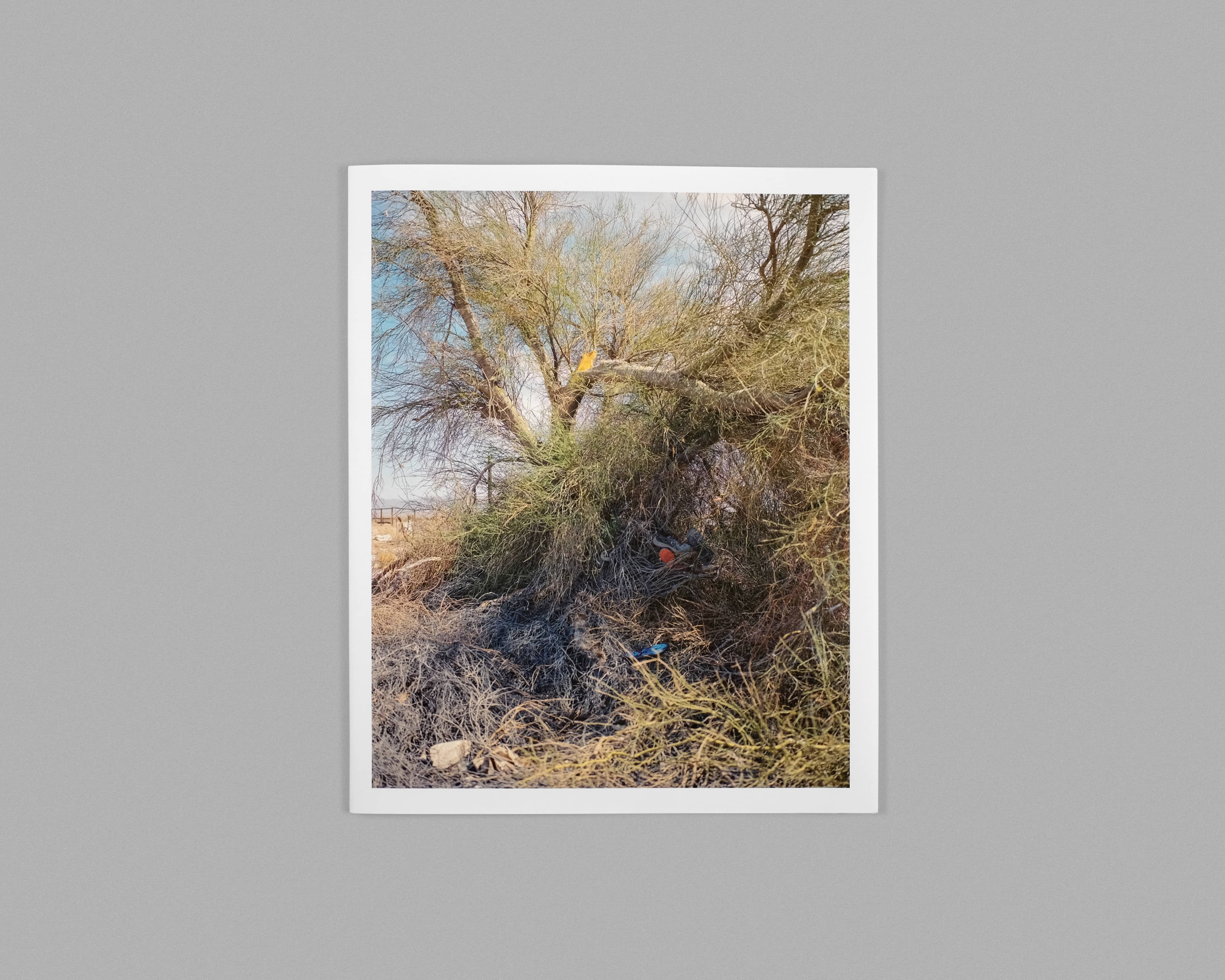
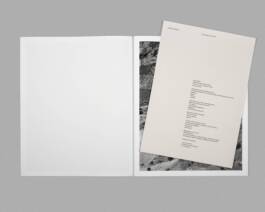
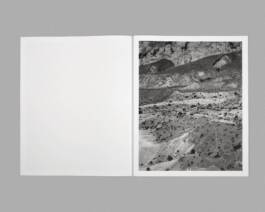

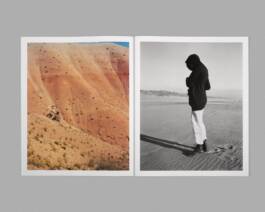

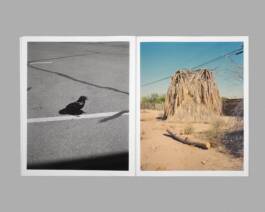
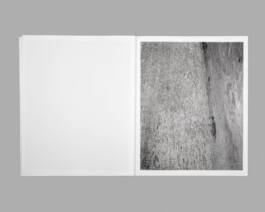
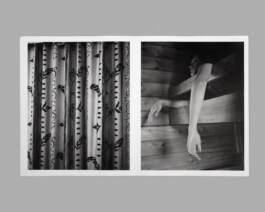
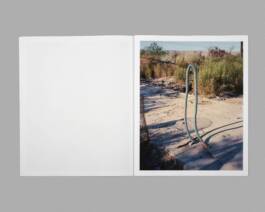

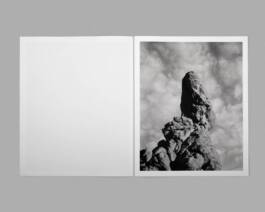



ON TRIAL, 2022
—
Please order here or contact at studio@cristianordonez.com
—
Edited by Rohan Hutchinson and Cristian Ordóñez
Published by acb press
Printed in Melbourne, Australia
Design: Rohan Hutchinson
Cover: Sovereign Offset 115gsm
Body: Sovereign Offset 115gsm
Text sheet: Envirocare 110gsm
Size: 25.5 x 31.25 cm
Edition: 200
Unbound
COLLECTIONS
2022 — National Gallery of Canada, Library & Archives Collection (CA)
2022 — State Library of Victoria, Collection (AU)
2022 — Gabriela Cendoya Bergareche Collection. San Telmo Museum, San Sebastián (ES)
2022 — National Library of Australia, Collection (AU)
EXHIBITIONS, FAIRS
2023 — Salon 44 (group show), Gallery 44 (CA)
2022 — The Artist as Author: Recent Canadian Photobooks (group show). Aarhus Art Museum in Aarhus (DK)
2022 — Les livres du vécu et Les pages résonnantes (group show). Rencontres de la photographie en Gaspésie (CA)
2021 — Latin American Galleries Now. Galería Animal + Artsy (US)
HONOURS
2020 — Urbanautica Institute, "Extinction" Shortlisted (IT)
PRESS
2024 — Scopio Magazine. Feature Article (PT)
2023 — Reviewed by Barry Schwabsky. Border Crossings magazine (CA)
2023 — C4 Journal. Feature work (UK)
2023 — Palm Studios. Feature work (UK)
2022 — The Heavy Collective. Feature (AU)
2022 — FotoNostrum Magazine, Issue 23. Feature Article (ES)
2021 — Centro Imagen Sur. Feature (CL)
2021 — Nowhere Diary. Feature + Interview (DK)
2021 — Letargo, Issue 1. Feature (CL)
2020 — Urbanautica Institute, "Extinction. The World Without Us." Book. ISBN: 978-88-32108-10-1 (IT)























ON TRIAL, 2019-22
Although only residing in the USA for a short period, Toronto-based Chilean Photographer Cristian Ordóñez has spent a large-period of the previous decade revisiting the lower states creating works that explore the notion of memory, personal relationship, and encounters with the territory.
On Trial observes and plays witness to these encounters, a body of work that presents the social, economic, and geographic survey of the landscape traveled by Ordóñez. A survey, engaging with all things natural and foreign on even ground, seeking to question not only the observer but the role of the object within the frame.
Forthcoming previous published works, Notes 01, 02, and 03, the new chapter continues to visualise his approach and interest in the photographic process as a medium to explore the territory, own cultural diversity, and the connection between place and ethnicity.
On Trial contains a selection of 20 photographs edited by Rohan Hutchinson, and accompanied with text by Ordóñez. Designed to co-exist with previous and forthcoming published works, the body and cover of the publication exist in the same form, contextualising the in-transit approach of the photographic content, along with the journey of its publishing.
Text by Rohan Hutchinson. Editor, acb press


Pigment print on newspaper (diptych). 46 x 60 inches / 116.8 x 152.4 cms each

Pigment print on Hahnemühle Photo Rag Baryta, 32 x 26 inches / 81.2 x 66 cms















ON TRIAL, 2022
—
Please order here or contact at studio@cristianordonez.com
—
Edited by Rohan Hutchinson and Cristian Ordóñez
Published by acb press
Printed in Melbourne, Australia
Design: Rohan Hutchinson
Cover: Sovereign Offset 115gsm
Body: Sovereign Offset 115gsm
Text sheet: Envirocare 110gsm
Size: 25.5 x 31.25 cm
Edition: 200
Unbound
COLLECTIONS
2022 — National Gallery of Canada, Library & Archives Collection (CA)
2022 — State Library of Victoria, Collection (AU)
2022 — Gabriela Cendoya Bergareche Collection. San Telmo Museum, San Sebastián (ES)
2022 — National Library of Australia, Collection (AU)
EXHIBITIONS, FAIRS
2023 — Salon 44 (group show), Gallery 44 (CA)
2022 — The Artist as Author: Recent Canadian Photobooks (group show). Aarhus Art Museum in Aarhus (DK)
2022 — Les livres du vécu et Les pages résonnantes (group show). Rencontres de la photographie en Gaspésie (CA)
2021 — Latin American Galleries Now. Galería Animal + Artsy (US)
HONOURS
2020 — Urbanautica Institute, "Extinction" Shortlisted (IT)
PRESS
2024 — Scopio Magazine. Feature Article (PT)
2023 — Reviewed by Barry Schwabsky. Border Crossings magazine (CA)
2023 — C4 Journal. Feature work (UK)
2023 — Palm Studios. Feature work (UK)
2022 — The Heavy Collective. Feature (AU)
2022 — FotoNostrum Magazine, Issue 23. Feature Article (ES)
2021 — Centro Imagen Sur. Feature (CL)
2021 — Nowhere Diary. Feature + Interview (DK)
2021 — Letargo, Issue 1. Feature (CL)
2020 — Urbanautica Institute, "Extinction. The World Without Us." Book. ISBN: 978-88-32108-10-1 (IT)
